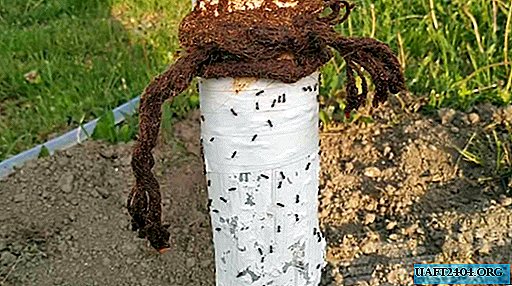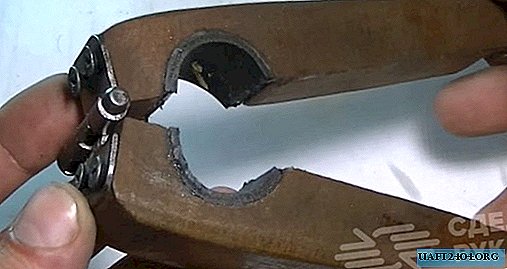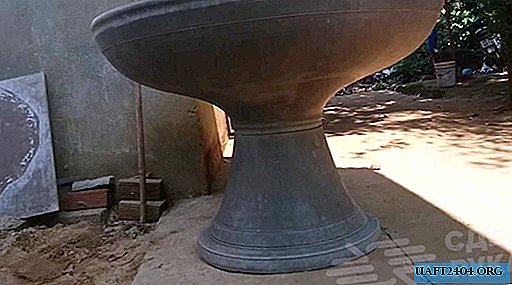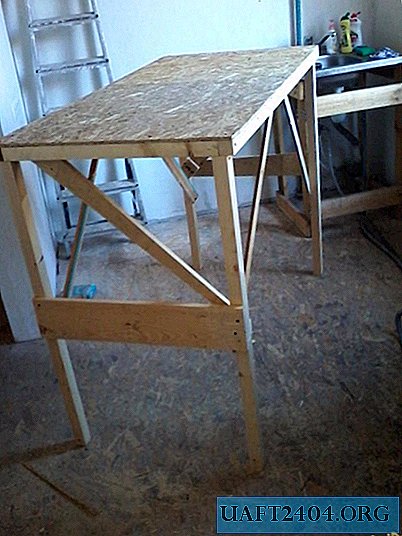Share
Pin
Tweet
Send
Share
Send
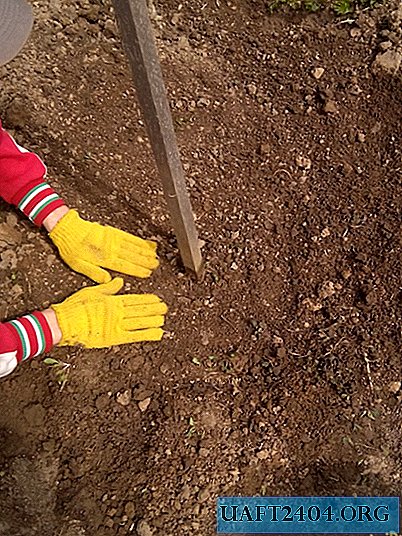
Preparing for planting an apricot seedling
How to choose a suitable variety, what to look for when choosing planting material and about the features of this fruit tree, you will need several separate articles. Here we will focus on the practical side, which includes:
A place
Contrary to the established stereotype, apricot, especially its new varieties, is not particularly afraid of frost. Especially if it is properly placed and looked after. But this tree is extremely susceptible to drafts! A real example - a sapling has taken root perfectly, managed to please even a small crop for two years in a row, and then did not survive the winter when the temperature did not drop below -14 degrees. And all because it was planted not too well - on a hill, between the bushes that formed a kind of corridor for a draft.
Therefore, it is better to choose an open, sunny place. It will be ideal if there is a fence or buildings protecting from the cold wind from the north, north-west and west. With rare exceptions, most apricot varieties have a rather spreading crown, which requires about 3-4 meters of free radius around the tree. In addition, it is desirable that there are no tall trees from the east-south-west.
Neighborhood
If you have to plant apricot close to other trees, then let it not be fruit. He is an “individualist,” and as he grows up he will have a bad influence on everyone who is nearby. For cherries, plums, apple-pears, currants and even unpretentious raspberries, this will mean a noticeable decrease in productivity.
The soil
Apricots prefer black soil and loam, although there may be other options, the main thing is that the acidity of the soil is low or neutral. Accordingly, if there is too much sand in the area, it is advisable to add clay, and vice versa.
Apricot Landing Pit
It needs to be prepared in advance. Since in this case we are talking about a spring planting, in the fall, before frosts, at a chosen place, you should dig a square area with sides 1.2-1.5 meters. Digging depth to the length of the bayonet, it is very important to thoroughly clean the ground from weeds and roots. If it didn’t work out in the fall, you can do it in the spring, the main thing is that at least 3 weeks have passed before the planting.

It is worth knowing: planting apricot in spring is carried out from the third decade of March to the end of April. The exact time is determined by the local climate - at the time of seedling transfer to the open ground there should no longer be night frosts. If it gets colder again after planting, you will definitely need to hide the seedling under a non-woven wrap.
7-10 days before planting, you need to dig and prepare a hole. Its recommended diameter is about 70 cm, depth is up to 80 cm. When digging, the upper previously dug up earth is poured separately to prepare the base mixture. At the bottom of the pit, especially if the soil is clay, drainage of crushed stone and (or) broken brick is arranged (layer within 6-9 cm). A little away from the center, the future support is clogged, so that its top recedes from the surface by at least 50-60 cm. And on the drainage a landing mound is made from the prepared nutrient mixture.


Making the mixture is very simple. To the soil that was previously dug up and cleaned, and then thrown to the side, several components are added:
- Organic humus (as much in volume).
- Ordinary land (4-5 times more).
- Wood ash (about two glasses).
Adherents of the natural are limited to this, but if you want active development and a "safety margin", you can add about 50 grams of superphosphate.
The prepared mixture is poured into the center of the pit until a mound of the desired height is formed. It is selected based on the characteristics of the root system of the selected seedling in such a way that after arranging the recess under the roots, the scion neck protrudes 4-5 cm above the surface. We pour the remaining mixture separately, it will be needed later.

Apricot planting step by step
If the seedling is purchased in advance, the day before planting, you need to wrap the roots with a wet cloth or just soak in a bucket to activate internal processes. In the morning, just before planting in the soil, the roots can be coated with a mixture of manure and clay, and allowed to dry. Landing is as follows:
1. In the landing mound, a recess is made under the roots, half a bucket of water is poured

2. Next, the apricot is placed, the roots need to be straightened, cut and broken too long (do not forget to trace the height of the root neck)

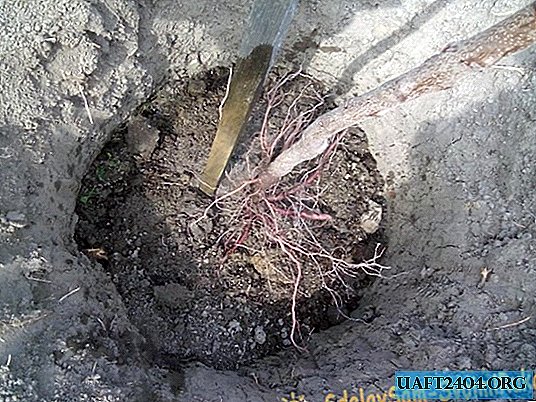
3. The roots are sprinkled with the remaining nutrient mixture, the soil is easily (by hand) rammed to fill the voids

4. The remaining soil is filled pit with a small margin for shrinkage
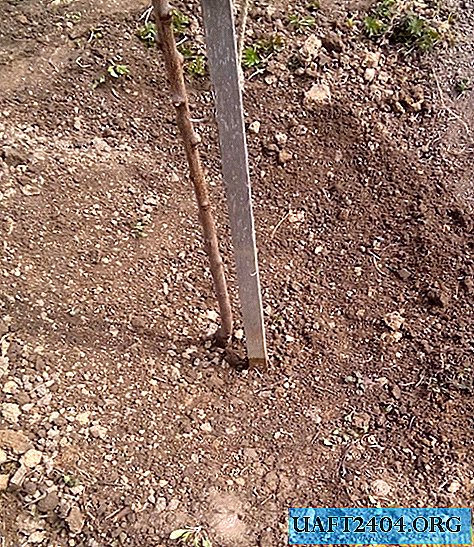
5. The seedling is twine or tape fixed on a support

6. After arranging the diameter of the earthen roller, water the pit with water (buckets 2) and after absorbing moisture, level the ground


7. Finally, a 3-5 cm thick mulch of humus or peat is placed on the trunk circle

strongem It is very important that the mulch does not reach the trunk, allowing it to breathe, and does not cause steaming and decay! / em / strong

8. If the seedling has not yet been cut, after planting, the upper parts, including long processes, are cut off



In the future, it remains on time to water the apricot seedling, not allowing it to dry out, but also preventing waterlogging of the pit. And if pests or diseases are discovered, immediately carry out appropriate procedures for the destruction of the former and the treatment of the latter. It is better not to use top dressing until next year - there are already enough nutrients in the pit ...
Share
Pin
Tweet
Send
Share
Send

